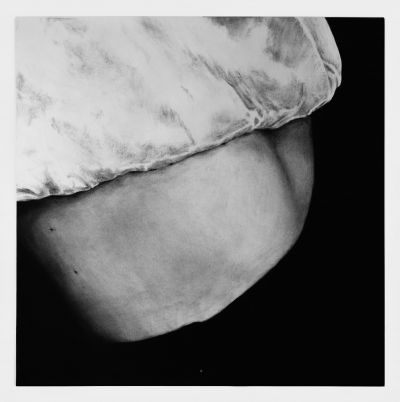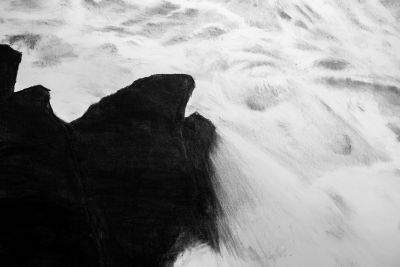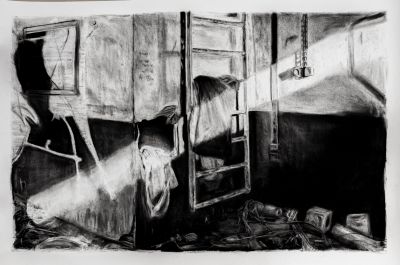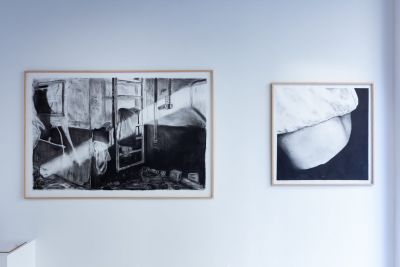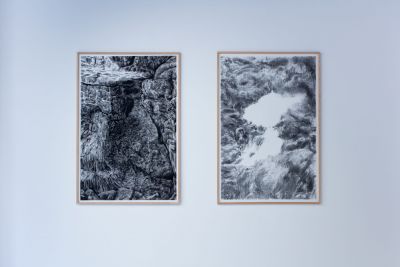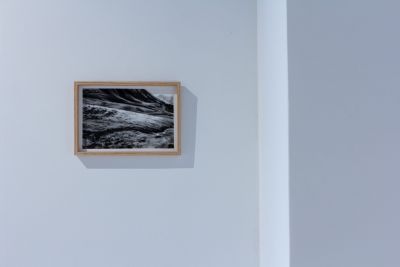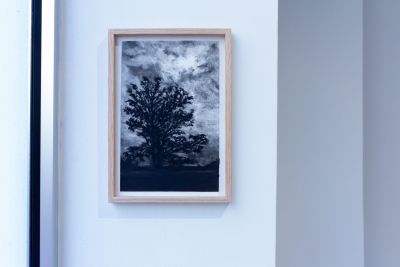For Bastien Vittori, drawing is a way of exploring an image, a process for understanding what he has seen, what caught his eye during his travels, whether in a city, the countryside, a forest, or by the sea. He lets himself be carried away by a landscape until he is struck by a view of a field, by light streaming through a shed or turning into shadow, by a ray of sunshine catching on garbage bags or dancing on a rough sea. There is no hierarchy between subjects—only the poetic dimension counts—and the artist is opposed to any idea of series. The realm of possibilities is so vast that he refuses to draw the same subject twice, to lock himself into a systematic approach. Ideally, each drawing is a new subject, a new opportunity to approach a motif from a different angle. His approach reflects a way of engaging with reality through the body, matter, and touch. It is an affirmation of a point of view, of the positioning of the gaze. Or, if we take a slightly higher perspective, it raises the question of man's place in the universe.
Through its distance from reality and the intention behind it, it transports us into the realm of the imagination. “The fundamental term that corresponds to imagination is not image, but imaginary. The value of an image is measured by the extent of its imaginary aura,” wrote Gaston Bachelard, an author whom Bastien Vittori often quotes. "Working from photography, I explore the interweaving of forms that I encounter every day: the transparency and shimmer of leaves, the mottled appearance of tree trunks, the silk of a garment. Everything coexists, intertwines, interlocks, touches. Drawing with charcoal means digging into shapes and their surfaces, digging by rubbing the page." Although his starting point is photography, he never falls into photorealism. He keeps the overall composition, which allows him to free himself from the subject in a way, and really starts to look and call on his imagination. He draws his line on the paper, erases it, and starts again tirelessly, caught in a back-and-forth game of opposites between hiding and revealing, erasing and revealing, filling the surface and leaving empty spaces. The whites contrast with the blacks or blend into them. It is this accumulation that gives substance to his condensed charcoal drawings, close to the blacks of engravings. Very matte, very warm. “With this medium, you move more than you erase. I put my material on the sheet, then I move it, which ultimately creates movement through the accumulation of gestures.”
- Stéphanie Pioda, art historian
